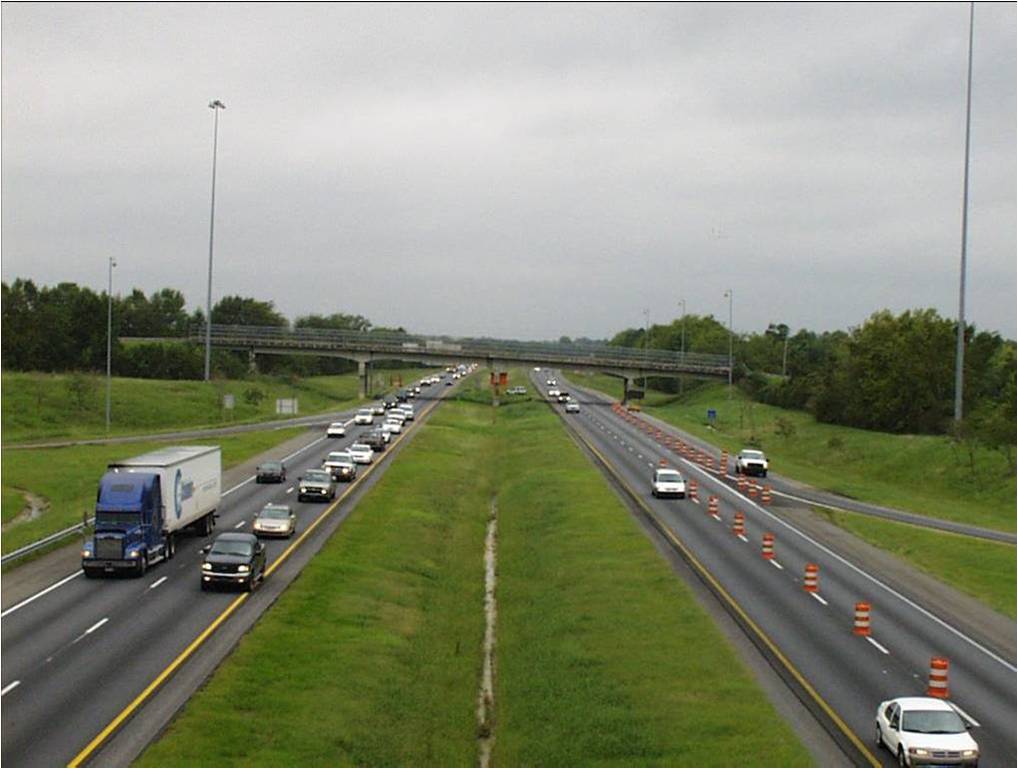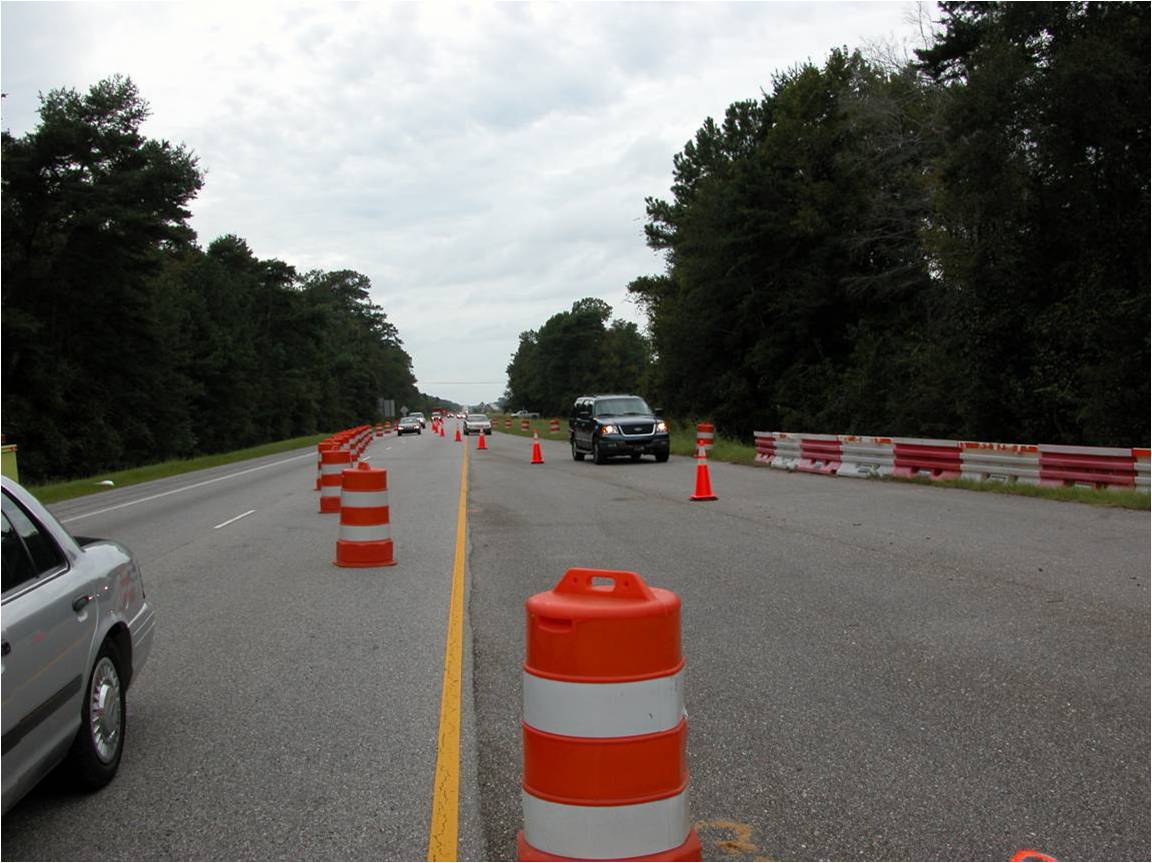There are many wonderful things about living in Alabama, but hurricane season, which runs from June 1 through Nov. 30, isn’t one of them.
However, Alabamians can take comfort in knowing that the Alabama Department of Transportation has a well-organized and practiced plan to make hurricane evacuations run as smoothly as possible.
Contraflow 101
Contraflow is the process of reversing a lane of traffic. If necessary, ALDOT can contraflow traffic on I-65 South to the northbound direction, starting in Mobile and ending in Montgomery.
The effort helps the residents of the Gulf Coast evacuate to safety as quickly and efficiently as possible. The contraflow ends in Montgomery because once evacuees arrive there, they will have multiple routes available to travel farther if needed.
Several Alabama agencies contribute their expertise toward a decision to contraflow traffic, including ALDOT, the Alabama National Guard, the Alabama Law Enforcement Agency, and the Alabama Emergency Management Agency.
Ultimately, the decision to contraflow traffic resides with the governor who issues the order for contraflow. Fortunately, contraflow has not been necessary since Hurricane Dennis, a Category 4 storm, in 2005.
In the case of evacuation
While many seasoned Alabamians have lived through a fair share of hurricanes, it’s important to note that evacuation orders are never made lightly.
“The process of contraflow takes about 150-175 people on the ground to pull off this large-scale effort,” said Andrew Harry, Deputy State Maintenance Engineer for ALDOT.
To safely and efficiently pull off such an evacuation, residents must take it seriously and work to evacuate as soon as possible. Because weather forecasters are able to give advanced notice about hurricanes and their severity, evacuation orders are typically given up to 72 hours prior to landfall. ALDOT officials and the contraflow partners like to have the process wrapped up at least 12-24 hours prior to landfall in order to get the team members to their own points of safety.
The best thing Alabama residents can do if evacuation orders are made is to follow them. ALDOT and others provide resources to help coastal residents plan ahead for evacuation.
Behind the contraflow curtain
Reversing traffic may sound simple enough, but the process actually takes an extremely coordinated effort.
Led by ALDOT and with the help of three other state agencies, a contraflow requires hundreds of people to be stationed along the 20-plus exits from Mobile to Montgomery and to follow a 116-step checklist.
Harry said not only do the 5-12 people at each stop have to follow the checklist, they all have to do so in sync.
“We can’t have some people on step 47 and others on step 54,” Harry said.
To start a contraflow, ALDOT team leaders and assistant team leaders arrive at each exit between exit 31 and exit 167. Once law enforcement from ALEA arrives and the ALDOT maintenance coordinator gives the OK, everyone begins barricading traffic on the southbound lane to stop anyone else from getting through.
Of course, Harry says the teams do not stop traffic without giving them anywhere to go. ALDOT officials come prepared with signs or some locations already have signs in place that are flipped over to direct traffic through a detour.
Once barricades are in place, assistant team leaders travel northbound and report any incidents, like a parked car off to the side or vehicles still traveling southbound. This process is done across the entire interstate to ensure safety.
“We have to go through those steps methodically to make sure we are not putting anyone in harm’s way while trying to implement the contraflow lanes,” Harry said.

Preparation
While contraflow is not something that has happened officially since 2005, ALDOT and the state agencies involved in the process meet once a year for a two-day event of rehearsing the process.
While ALDOT does not actually reverse traffic during these rehearsals, Harry said this drill gives all the teams practice and it includes feedback, so each time they get a little more efficient and fine-tune the process.
This also allows time to make sure all necessary equipment has undergone maintenance and gives personnel from various agencies a chance to exchange contact information so they are all that much more prepared in case of an actual evacuation event.
Eric Christie, ALDOT Maintenance Coordinator, was around in 2005 when the state did reverse traffic, and he said it was a smooth process then. “It was a scheduled event. It started at 6 a.m. and by 8 a.m., we had had traffic flowing in the southbound lane to northbound,” Christie said. “It was kind of weird to sit and watch all the traffic go one way. We had done it a couple years before that and learned a lot then.”




